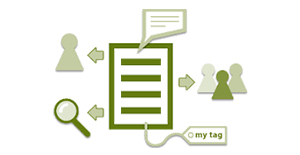Issue Details
LAND USE LAND COVER CHANGE ANALYSIS USING REMOTE SENSING AND GIS TECHNIQUES: A CASE STUDY OF SALUMBAR SUB-DIVISION, DISTRICT UDAIPUR, RAJASTHAN
Dr. Kalanmal Singada
Page No. : 97-108
ABSTRACT
Digital change detection techniques by using multi-temporal satellite imagery helps in understanding landscape dynamics. The present study illustrates the spatio-temporal dynamics of land use land cover change of Salumber sub-division, Udaipur district, Rajasthan, India during 1975 to 2016 were analysed using temporal remote sensing data with geographic information system (GIS). Landsat satellite imageries of two different time periods, i.e., Landsat Thematic Mapper (TM) of 1975 and 2016 were acquired by Global Land Cover Facility Site (GLCF) and earth explorer site and quantify the changes in the Salumber Sub-division from 1975 to 2016 over a period of 4 decades. Supervised classification methodology has been employed using maximum probability technique in ERDAS 20.14 Software. The images of the study area were categorized into five major classes and seven different sub-classes namely forest, crop land, open scrub land, fellow land, scrub land, habitation (settlement) and water body. The results indicate that during the last four decades, Crop land (agriculture), water bodies and Habitation (built-up) land have been increased by 15.02% (189.40 km2), 3.99% (47.83 km2) and 0.13% (1.56 km2) while forest and scrub land have decreased by 14.31% (170.52 km2) and 5.62% (68.26km2), respectively. The paper highlights the importance of digital change detection techniques for nature and location of change of the Salumber Subdivision.
FULL TEXT









